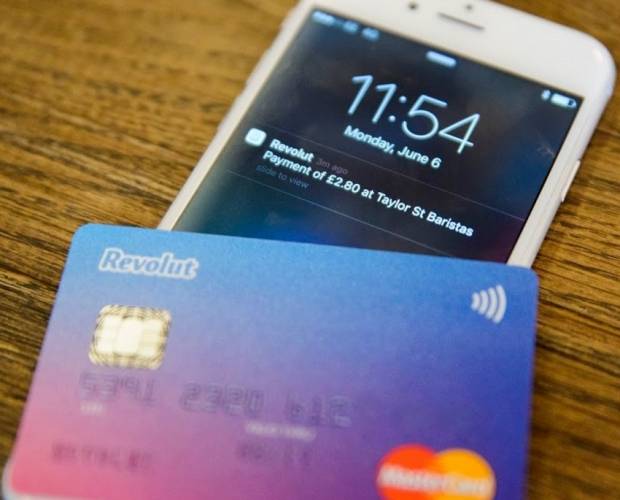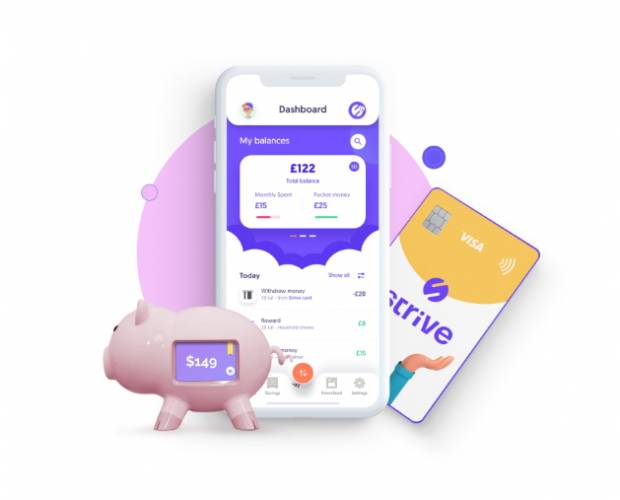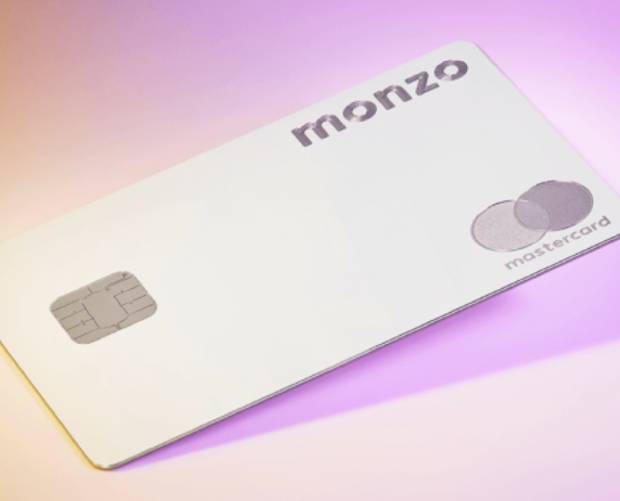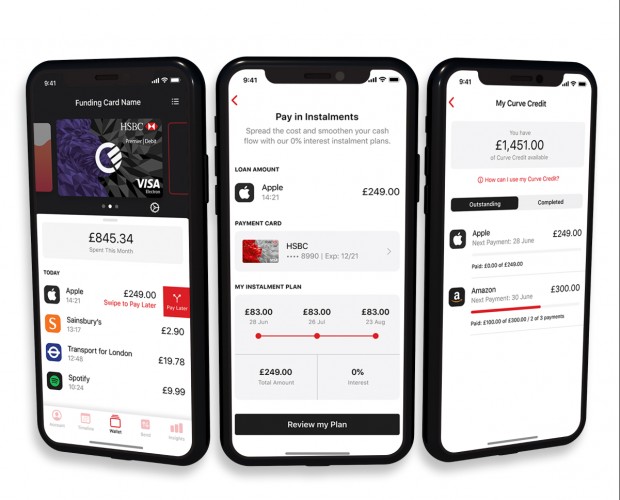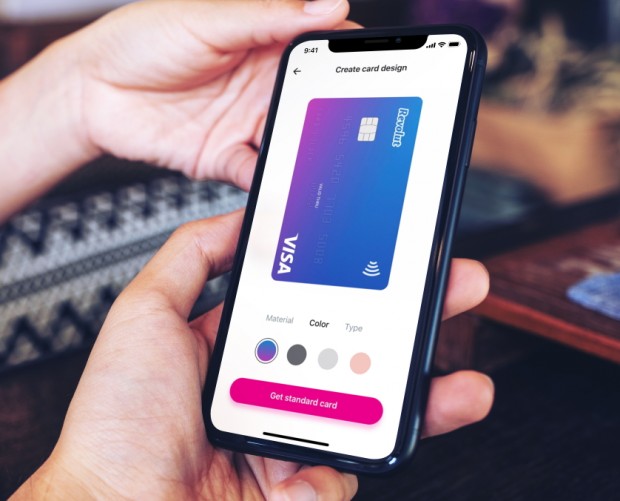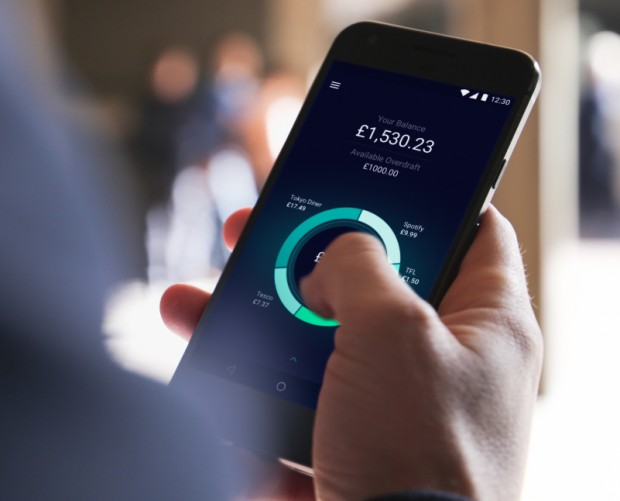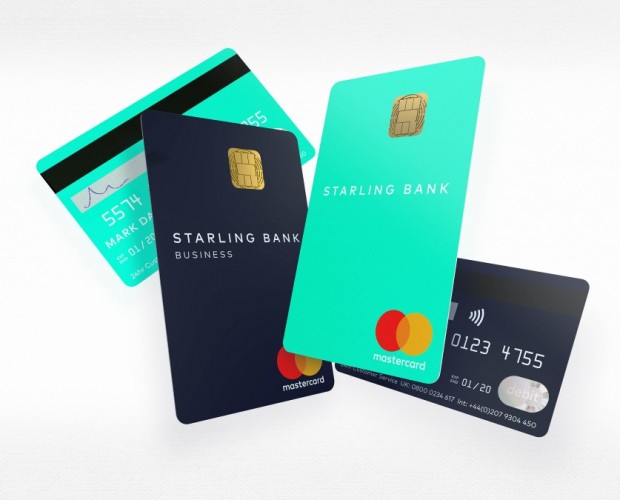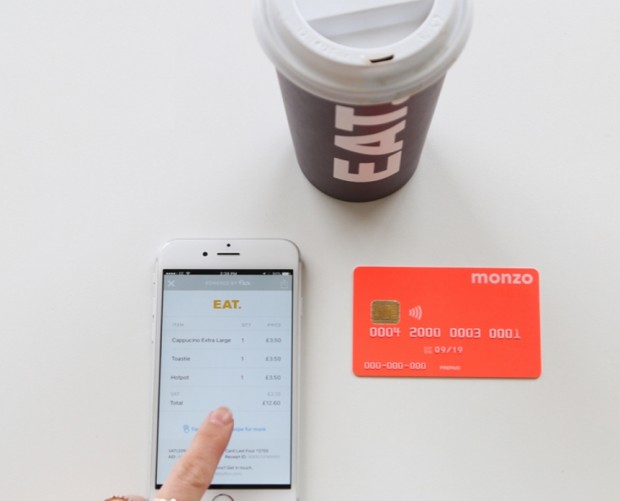Informa Bullish About Mobile Banking
- Friday, February 27th, 2009
- Share this article:
Since the turn of the millennium we have heard that one day the mobile phone could replace the humble leather wallet, by storing electronic cash and enabling convenient electronic transactions. Yet so far, except for a few isolated cases, there has been little evidence that the consumer has embraced this new paradigm, despite the availability of mobile payment and banking services in most markets worldwide. According to Informa Telecoms and Medias recent report, Mobile Payments and Banking: Worldwide Market Analysis, Strategic Outlook & Forecasts to 2013, however, this day is getting closer.
Informa forecasts that in 2013, almost 300 billion transactions, worth more than $860 billion (600 billion) will be conducted using a mobile phone, representing a twelve-fold increase in gross global transaction values in just five years.
The mobile payments and banking market has evolved considerably over the last two years, says John Darnbrough, an Associate at Informa Telecoms & Media and author of the report. Major industry initiatives led by the GSMA and significant commitments to the market from major financial services and telecoms leaders have changed the dynamics of this market. At last there is real evidence of demand for these services, some from the unlikeliest of places, such as the emerging markets of Africa and Asia. The prospects for growth and the emergence of new opportunities in mobile financial services are encouraging more players to enter the market.
The report defines and analyses the mobile payments and mobile banking market, looking individually at four key sub-markets: remote mobile payments; local (Near Field Communications) mobile payments; mobile banking; and mobile money transfer (MMT).
Remote Mobile Payments
Informa predicts that by 2013, over 445 million mobile subscribers will be regularly using their mobile phone to purchase physical goods and services remotely. Furthermore, Informa estimates that of the total value of mobile payments and transactions in 2008 – around $71 billion – approximately a third was spent on purchases of mobile digital content such as ringtones, games and music tracks, but by 2013, over 95% of mobile transactions will be for physical goods and services.
Local (NFC) Mobile Payments
The report also analyses developments in mobile Near Field Communications (NFC) technologies, business models, and the results of recent market trials, and concludes that despite its promise, the mobile NFC market will be held back by the lack of availability of NFC-enabled handsets, and uncertainties regarding the business model and business case for mobile NFC. Nevertheless, Informa forecasts that in 2013 approximately 11% of all mobile handsets shipped will be NFC-enabled, and that over 178 million mobile subscribers will be regularly using mobile NFC phones to buy physical goods and services, such as tickets, locally at the point of sale.
Mobile Banking
The report examines the trend of banks in developed markets utilizing the mobile phone as another channel to market for their existing services and the emergence of mobile enabled branchless banking services for unbanked consumers in developing markets. It forecasts that by 2013, there will be 977 million users of mobile banking services worldwide, a dramatic increase from approximately 67 million at the end of 2008.
Mobile Money Transfer
The report also looks at the evolution of the mobile money transfer market, primarily driven by the requirements of migrant workers from emerging markets. By 2013, Informa forecasts that almost 424 million consumers will be sending over $157 billion of personal funds via mobile domestically whilst a further 73 million will be sending $48 billion of funds via mobile internationally.
The research for the report identifies a number of drivers and enablers that are creating an environment more conducive to the development of the mobile payments and banking market. The report notes that mobile phone and network technologies are now more sophisticated and more mature than ever before and, thanks to industry initiatives, more coordinated and standardized.
Regulatory authorities are being empowered by national and regional government agencies to take a more enlightened approach to this market, particularly in developing markets where it is recognized that mobile banking and mobile money transfer services can facilitate and encourage economic growth in the poorest and most deprived regions.
The report notes also that consumers are becoming more familiar with the use of the mobile phone for applications beyond calls, and are more confident in the use of electronic commerce. Furthermore, there are signs that the key players in the ecosystem are now more prepared to collaborate and invest in creating the systems, infrastructure and consumer confidence necessary to ensure this market thrives.
However, says Informa, uncertainties still exist, not least the potential impact of the global financial market melt-down that has gripped the world economy in the last few months. With the banking sector in crisis, industry and consumer confidence has been dealt a hammer blow that will potentially severely limit spending in all parts of the economy, reducing investments in new services and infrastructure, and reducing the consumer spending needed to drive revenues from these new services.
In spite of this, Informa believes these new technologies and service opportunities do offer the potential to make real cost reductions, attract and retain customers and potentially drive new revenue growth and profit opportunities for mobile operators, banks and credit card companies. The opportunity still exists, it believes, or the mobile and financial services industries to exploit technological innovation, regulatory reform and changing consumer behaviour and perceptions to create a new commercial paradigm and transform how consumers purchase products, exchange money and manage their finances.
The report concludes that the mobile phone will inevitably become embedded in the financial services infrastructure and be accepted as a natural means of payment by the consumer. Informa predicts that if the key players collaborate effectively, the mobile payments and banking market offers a shared annual revenue opportunity of over $10 billion in five years time. The biggest revenue opportunity is expected from mBanking services, which Informa predicts will be worth $5.5 billion in 2013.
Theres more information about the report here.




